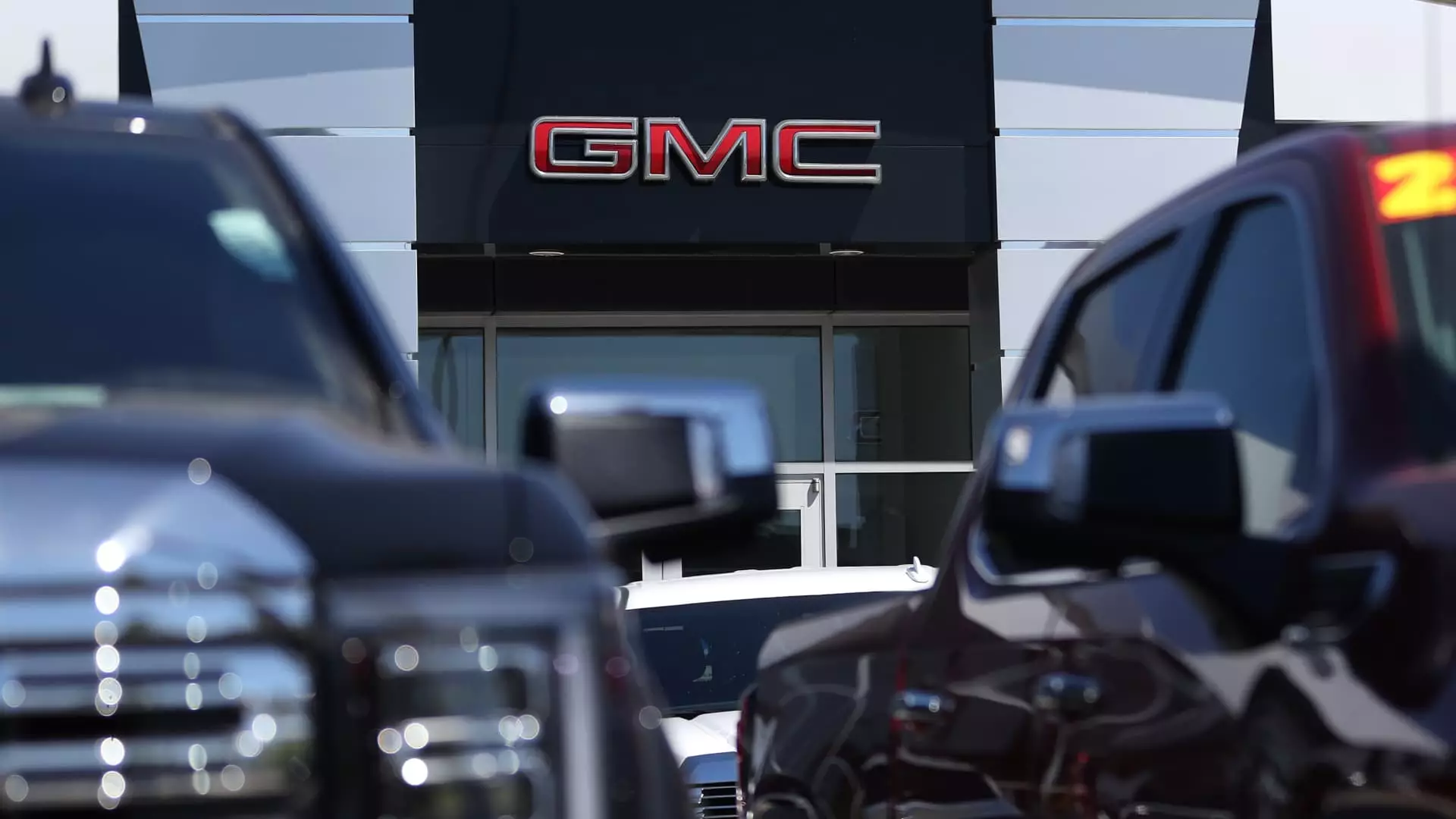General Motors (GM) recently provided insights into its financial outlook during an investor day event, revealing a cautious optimism for the coming years. CFO Paul Jacobson announced that the company projects its adjusted earnings for 2025 to remain within a similar range to 2024’s forecasts. This is particularly noteworthy as GM anticipates adjusted earnings before interest and taxes (EBIT) in the range of $13 billion to $15 billion for the next fiscal year, translating to earnings per share between $9.50 and $10.50. This represents a slight increase from earlier guidance, which had estimated earnings between $12.5 billion and $14.5 billion.
Despite this positive outlook, the backdrop of the auto industry presents significant challenges. Consumer spending has shown signs of slowing, leading many financial analysts to predict that 2025 could prove to be one of the more difficult years for automakers like GM. The swelling tide of uncertainty creates a complex environment for the auto giant, as it seeks to reassure investors while navigating potential downturns in sales and market demand.
One of the key drivers for GM’s anticipated earnings is the company’s increasing focus on electric vehicles (EVs). Jacobson highlighted that they expect an uplift in earnings between $2 billion to $4 billion from EV sales, underlining the automotive industry’s transitional shift to sustainable technology. This dynamic underscores the critical nature of EV production and sales in GM’s future earnings strategy.
However, GM’s journey into the electric vehicle market has not been without its hurdles. The automaker recently scaled back its initial targets for EV production, reducing the estimated output for 2024 from a peak of 300,000 units to 200,000. This revised target highlights the complexities and challenges inherent in scaling up production while maintaining profitability. While GM aims to produce and wholesale around 200,000 EVs in North America by next year, achieving profitability is contingent upon numerous factors, including raw material costs and consumer demand.
In addition to the anticipated profits from EVs, GM plans to optimize its earnings by focusing on reducing fixed costs. The company reports a reduction of approximately $2 billion in these costs over the last two years, suggesting that efficiency measures are beginning to take effect. Jacobson indicated that earnings margins could improve by almost nine percentage points for the upcoming models, thanks to innovative engineering and more streamlined production processes.
This focus on cost management and efficiency is critical in a market characterized by heightened competition and fluctuating consumer preferences. GM’s approach emphasizes not only the production of new vehicles but also the imperative of enhancing operational efficiency to sustain profitability.
Despite GM’s optimistic projections, the company’s stock performance has exhibited volatility, with shares closing at $46.01 recently. While there has been a year-to-date increase of around 28%, recent downgrades and changes in price targets by analysts suggest a clouded outlook. This fluctuating stock performance paints a picture of an investor base that is both hopeful yet wary about GM’s potential to navigate the challenging landscape of the automobile sector effectively.
GM’s strategic maneuvers towards electric vehicle production and stringent cost management are commendable efforts to bolster its market standing. However, the combination of slowing consumer spending and a rapidly evolving industry landscape necessitates a cautious approach. As GM prepares to unveil more definitive financial guidance for 2025, stakeholders will be keenly watching to assess the automaker’s ability to balance ambition with the challenges presented in a competitive and uncertain market.

